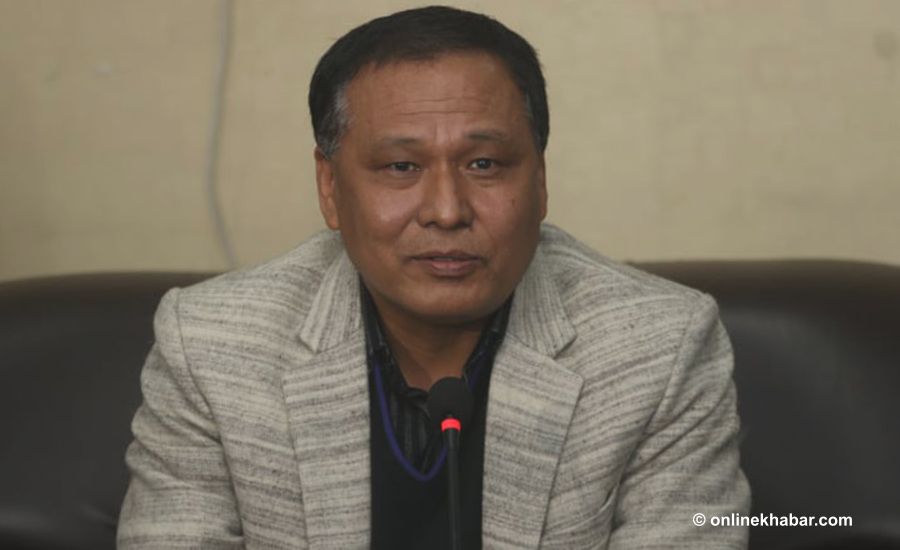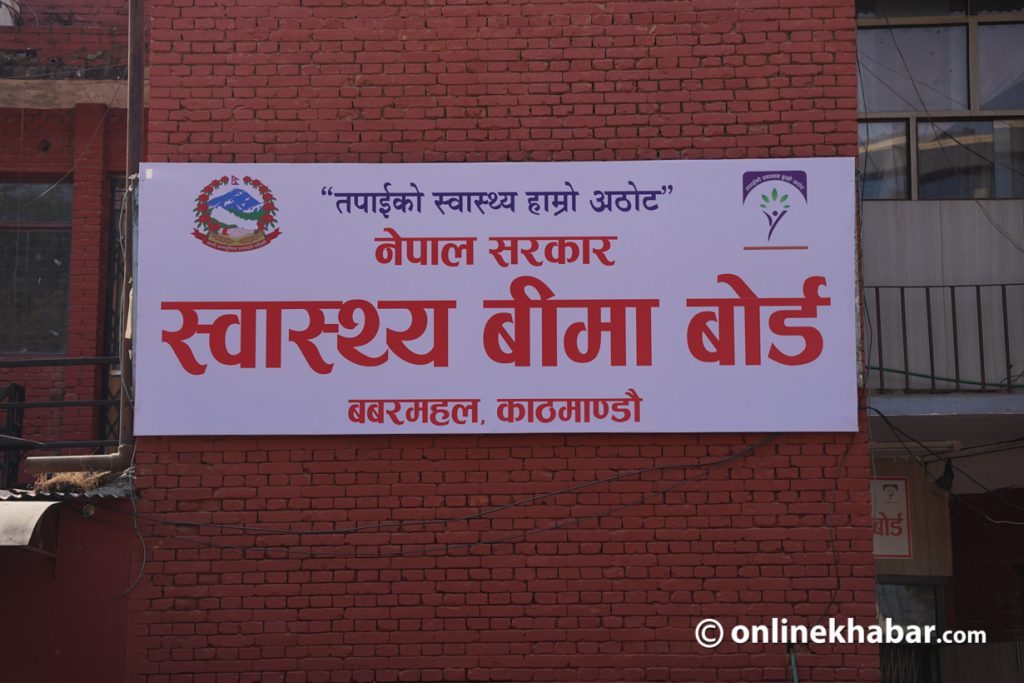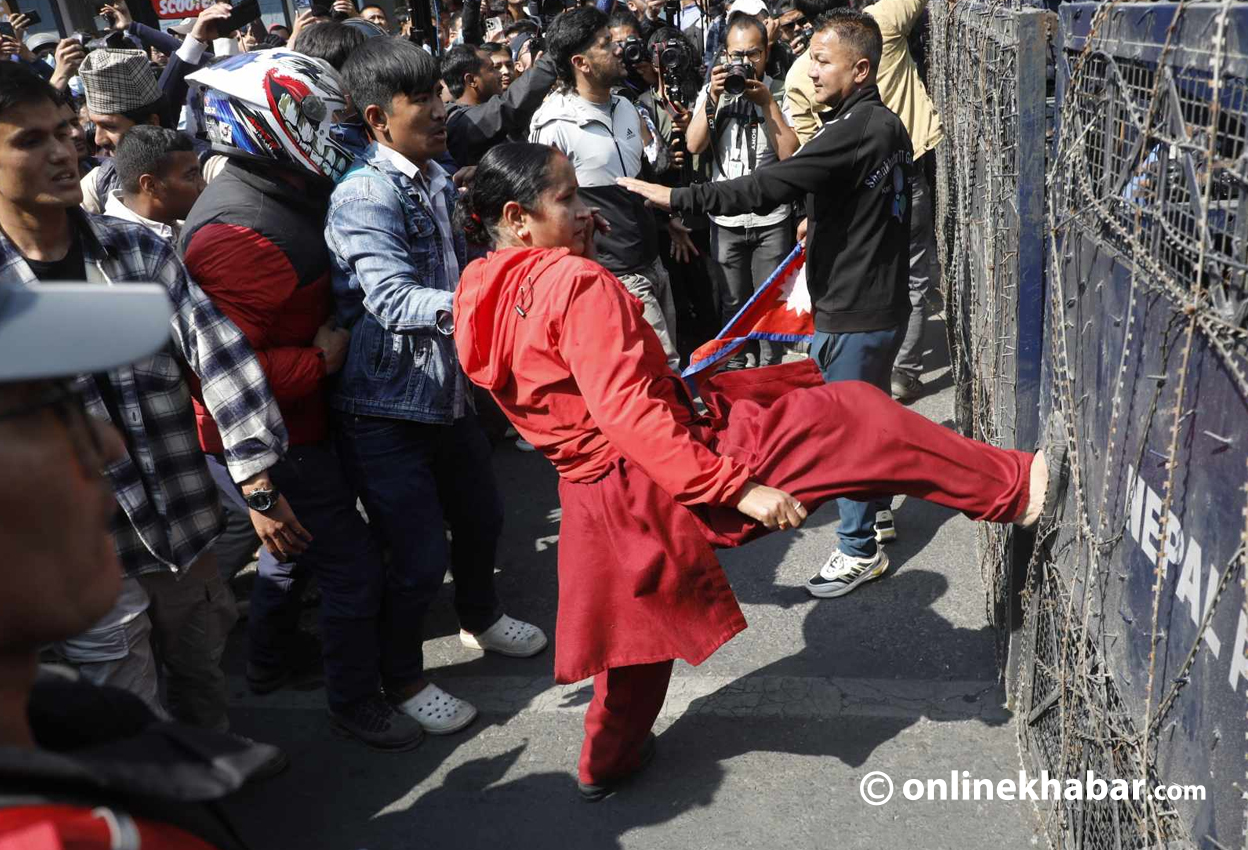
Recidivism may be defined as an act of going back to criminality by a criminal spirit. It is one crucial issue that most criminal justice systems in the world are dealing with. A major question, then, is whether one could ever be able to reduce recidivism through rehabilitation instead of punishment.
Recidivism will apply if a person commits crimes again after having been convicted and punished for crimes they had committed before. This problem assumes significant confrontation because recidivism at high rates would mean that the criminal justice system has failed in its attempts at rehabilitation.
This is also a question of public safety. Governments inflict stiff penalties such as long prison sentences, which they consider deterrents; however, this is often criticised since it does not deal with the structure-cause of criminality and hence leads to re-offending.
Rehabilitation aims at changing an offender’s behaviour through varying programs, education, therapy, and support rather than merely punishing the offender. The idea is to tackle the root causes of the criminal conduct of offenders in order to be able to reintegrate as responsible citizens like drug abuse, mental health issues, lack of education, or poverty.
Proponents of rehabilitation argue that this approach is more effective than punishment since it addresses the underlying causes of criminal behavior, whereas the punishment only brings the hang of giving penalties.
The recidivism and rehabilitation of offenders have been a national agenda in Nepal with diverse legislative and policy consideration. The Constitution of Nepal, which was enacted in 2072 (2015), lays down certain fundamental rights of citizens, some of them including the right to a fair trial and humane treatment of prisoners.
Under Article 21 of the Constitution, the crime victim has a right to information with respect to his/her case along with rehabilitation, justice, and compensation. Article 22 prohibits torture or inhuman or degrading treatment.
All these rights glorify the theory of rehabilitation due to their demand for the humane treatment of human beings. This is echoed by the Criminal Offences (Sentencing and Execution) Act, 2074 (2017). Section 13(e) strengthens this view by stating that offenders should be separated from society when absolutely necessary; while in Section 13(d) it mentions helping offenders to resettle in society and reform.
Also, the act gives preference to punishments like community service or probation for first-time or minor offenders. The Prison Act promulgated in 2079 also emphasises rehabilitation of prisoners by vocational training, education, and therapy programs. However, the mere existence of laws does not confer rehabilitative programs due to obstacles like overcrowded prisons in Nepal laden with limited resources.
At the international level, laws and policies favor rehabilitation over punishment. The United Nations Standard Minimum Rules for the Treatment of Prisoners, or the Nelson Mandela Rules, lay emphasis on the rehabilitation of prisoners through education, vocational training, and psychological support.
Rule 4 states that imposition of punishment through imprisonment serves three legitimate purposes: to protect society; to reduce acts of crime; and to prepare offenders for their return to responsible existence in the community. The International Covenant on Civil and Political Rights (ICCPR), of which Nepal is a signatory, also states in Article 10(3) that prisoners should be treated humanely and that the social rehabilitation of prisoners is emphasised.
Torture and cruel or degrading treatment of prisoners was prohibited by the United Nations Convention Against Torture in 1984 and the philosophy of rehabilitation reinforced in correctional facilities. While laws in Nepal and international agreements encourage rehabilitation, implementing it is a major challenge.
Many countries, including Nepal, still rely heavily on punishment, like long prison terms, which do not address the reasons behind criminal behavior. In Nepal, prison overcrowding is a serious problem. According to the National Human Rights Commission (NHRC), Nepal’s prisons are operating at more than twice their capacity.
Overcrowding makes it hard to focus on rehabilitation, and offenders do not get proper education, therapy, or vocational training. Another big issue is the lack of resources, such as trained counselors or rehabilitation specialists, as well as funding for rehabilitation programs.
Nepal’s criminal justice system focuses more on punishment, which often ignores mental health issues or addictions that cause many offenders to commit crimes in the first place.
Some countries have paved the road for rehabilitation. The Scandinavian countries-well, Norway and Sweden-are very much into offender rehabilitation. In Norway, for instance, the prison system has been characterized by low recidivism and the enhancement of successful rehabilitation. The offenders are prepared to reintegrate into the community.
The Norwegian prisons afford education and job training programs to inmates and are therapeutic settings regarded with dignity and respect. Following this structure, recidivism is kept very low within Norway as it becomes a standard for rehabilitation.
Another case would be Sweden, which offers rehabilitation programs for offenders and drug users that include substance abuse, job training, and psychotherapeutic services. There are also restorative justice practices, where the offenders confront their victims to understand the harm they have inflicted and take responsibility.
The success of such programs is based on humane treatment, adequate funding, and a long-term perspective on reintegration of the offenders, and these factors proved to correlate with low recidivism and improved outcomes.
Traditionally punishment is considered to be the answer to crime but still many a time its effectiveness to prevent recidivism has been under serious question. Various studies have shown that lengthy punishments, like lengthy prison sentences, are ineffective in preventing the crime from being committed again. Long prison terms might even aggravate issues like poverty, illiteracy, and family problems-the same problems that precipitate crime.
Stigma due to punishment makes it difficult for the convict to have a job or get housing, putting him at risk of reverting to crimes. Rehabilitation concentrates on addressing the underlying causes of criminal behavior, such as substance abuse or mental health issues.
Rehabilitation would teach convicted persons to reintegrate into society with education, therapy, and job training, thus minimizing the chances of recidivism. This, in essence, is far more effective in reducing crime than punishment, with more far-reaching consequences.
As a result, rehabilitation rather than punishment should be at the center of any effort to combat recidivism. The deterrents punishments will not work correctly on the causes of criminality which might be addiction, drug abuse or poverty, penalizing them or stigmatising offenders may deprive them of all reintegration support and thereby perpetuate reoffending.
In contrast, the rehabilitation process tries to cause behavioral change in the offender either through education or therapy and vocational training or through an extensive range of social support, all of which are factors that will significantly decrease recidivism.
Within its entire legal paradigm, Nepal-whether it be the Constitution or principal statutes like the Criminal Offends Act or the Prisons Act-follows a rehabilitation model that dovetails with not only the ICCPR but also the Mandela Rules.
The major problem, however, is the fact that prisons are overcrowded and under-financed, coupled with selective implementation of laws. Learning from the successful foreign models, like Norway and Sweden, provides a very worth model for Nepal for effective and just criminal justice treatment through humane treatment toward offenders and funding of rehabilitation programs.





















